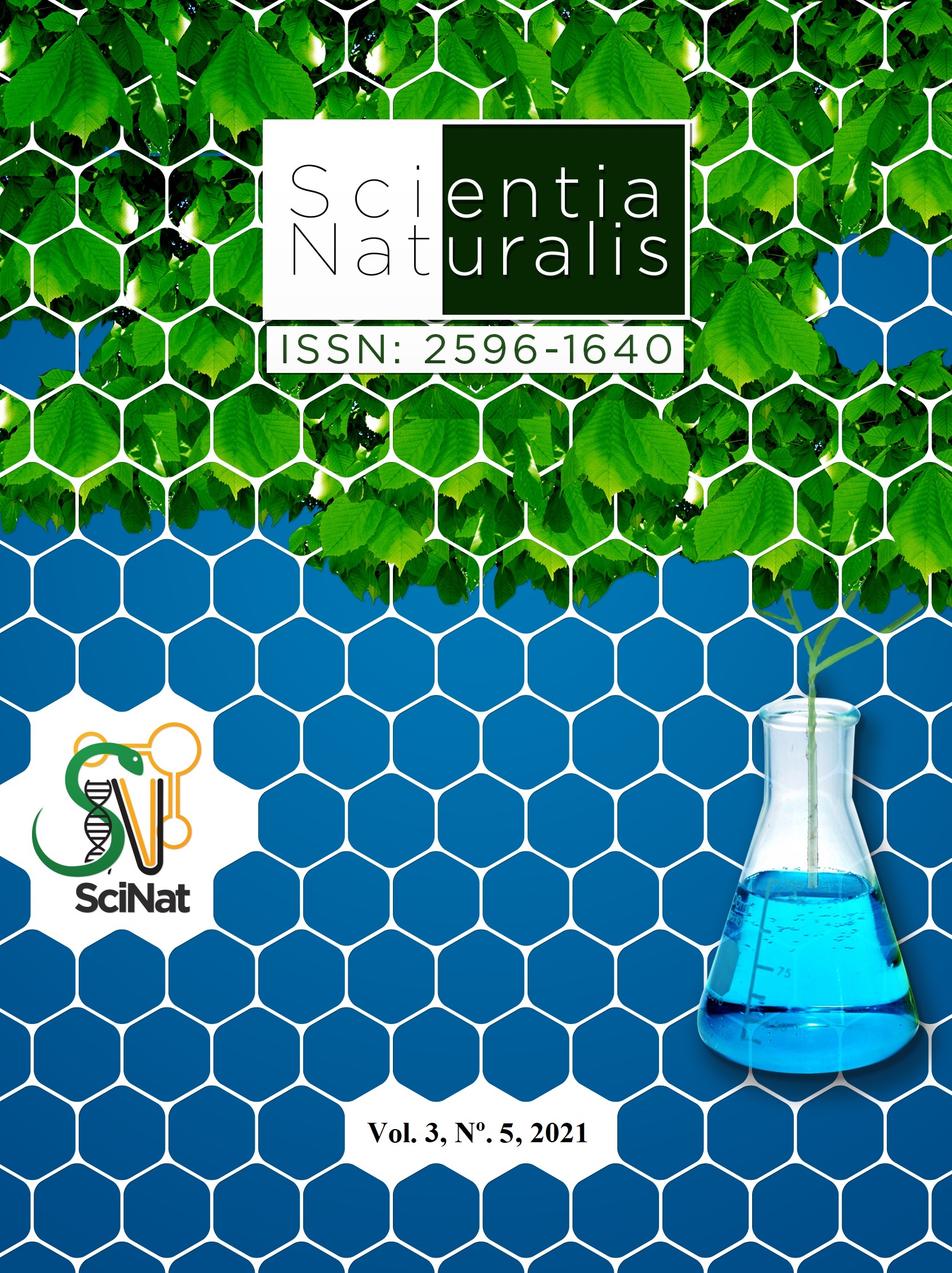Forest policy in Acre 20 years later (2000–2018): impact analysis on the production of Amazon nut production
DOI:
https://doi.org/10.29327/269504.3.5-22Abstract
With the purpose of analyzing the impacts of the State Forest Policy, PEF, on the economic dynamics in Acre, after it came into effect in 2001, with emphasis on the production of the Amazon nut (Bertholetia excelsa), the methodology of multivariate statistical analysis was employed in a database of the Brazilian Institute of Geography and Statistics (IBGE), to account for the Gross Value of Production, VBP, of the Amazon nut commercialized by Acre during three distinct decades: in the pre-policy, from 1989 to 1998, and two in the post-policy from 1999 to 2018. Thus, it was possible to gauge the importance of the PEF, with respect to the increase or decrease in Acre's commercialization of its most expressive forest product. Besides the data at the state level, the analysis of production was carried out on the GVA data of four municipalities that presented the highest production during the three decades. It can be affirmed that the results demonstrated a positive correlation with the public investment made possible by the PEF. It is also worth noting that the second decade of the post-policy, characterized by the extinction of the State Forestry Secretariat, showed negative results, especially in 2017.




